We, Homo sapiens, have been around for the last 300,000 years. For the majority of the time, we used to hunt and gather for our food. We relied on the plants grown naturally, scavenging the animals killed by other predators, or by hunting. We didn’t grow anything. Why? We were nomads i.e. constantly wandering. Our population was not so large, hence, food naturally available was sufficient.
Over the years, the human population started to grow. As a result, it was difficult to live a nomadic life as we needed to hunt-gather more and cover more land to feed our population. That’s when we decided to settle down. Now, how do we feed the ever-increasing population? By farming!

So as you learnt the basics of crop production from deep insight, you know what you need to grow a crop. Where can you find these factors in nature? Early humans, our ancestors, didn’t know about irrigation. They weren’t aware of fertilizers. The best places where you can readily get both water and soil nutrients in ample supply are coasts and river banks. That’s why the first human settlements were on the coast or riversides. You get ample water and the soil is extremely rich as the water run-off deposits lot of nutrients. Also, soil near the coastline or river banks are naturally moist, thus, you don’t need to supply excess water. Of course, they didn’t know about the nutrient availability. They just went for water and got lucky!
Around 10,000 years ago, the first farmlands began to emerge in the Middle East, modern-day Syria, Iraq, Iran, Israel, etc. Wheat, peas, barley was the first few crops we started cultivating. Since then, we started experimenting to ramp up our food production. We invented plough to till the farmland (overturn soil to mix nutrients, loosen the topsoil, remove weed roots, etc.). Soon, we were no longer farming only on the coast, river banks or near any water body. To further increase production, we started deforestation to prepare land for agriculture. We learnt about weather cycles and started to rely on rainfall patterns for water. We were very successful in farming. This actually caused a positive effect on population growth. As we grew ample food, it allowed the population to grow faster. Funny how we started farming to feed our growing population and now it was the very reason for its growth!
Soon, as civilisations grew in sizes, trading of different crops and products began. Did you know,
wheat originated from Turkey; tomato and potatoes from South America? The chai you drink so fondly every morning came from China. This not only diversified agriculture but also changed diets over the years! Amid all the wars, pandemics, civilisations rising and falling, one thing that kept evolving was agriculture.
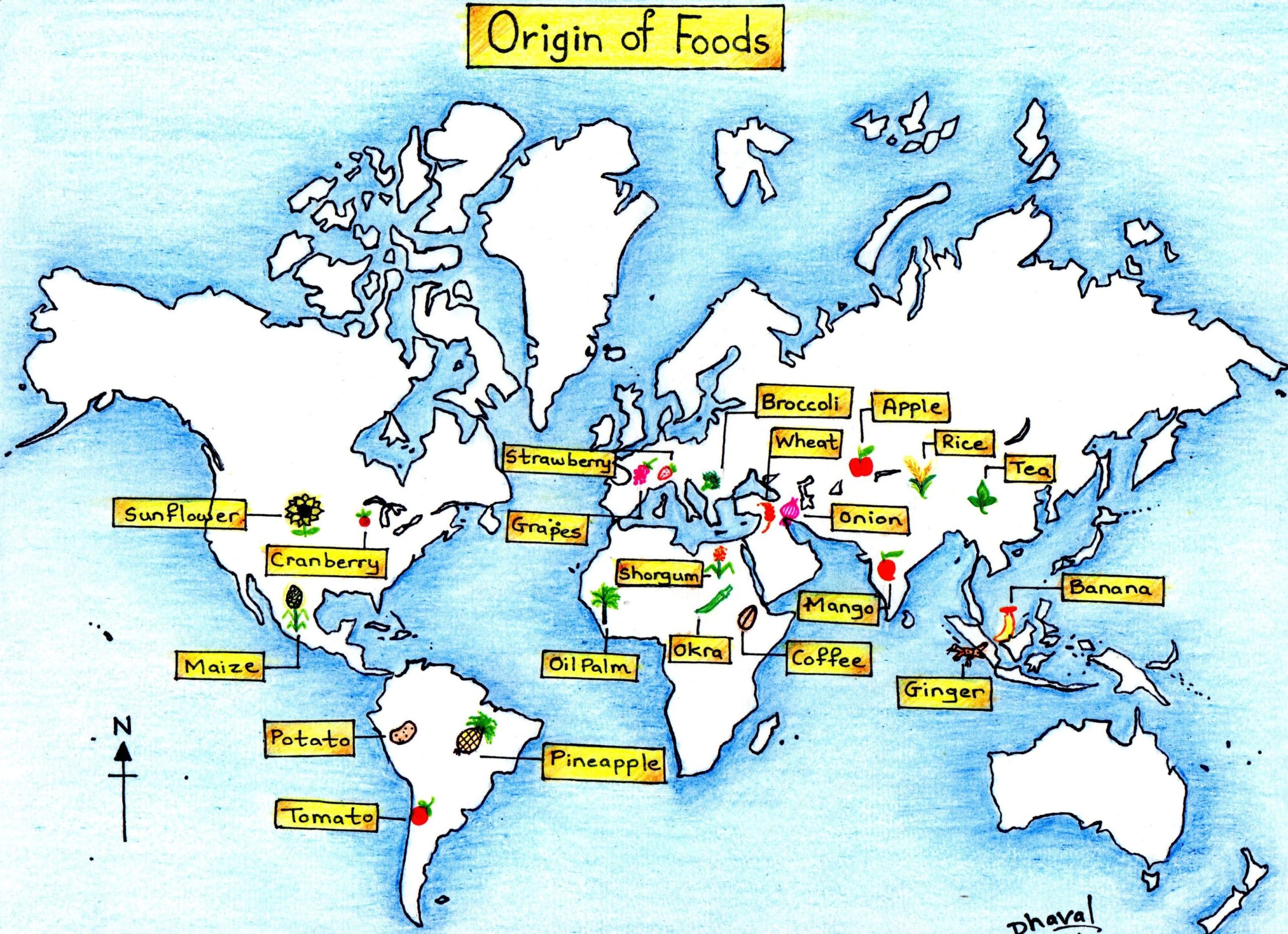
Fast forward to the 1950s….The world was recovering from World War II. The global population began to increase at a high rate, especially in South Asia. In India and Pakistan, the population growth was so fast that in few years we would have failed to feed such a huge population. Our agricultural output was not enough. We were facing a famine that could have killed millions of people by hunger all over the world. To counter this situation, scientist all over the world began research on how to increase crop production. One such was Plant Breeding.
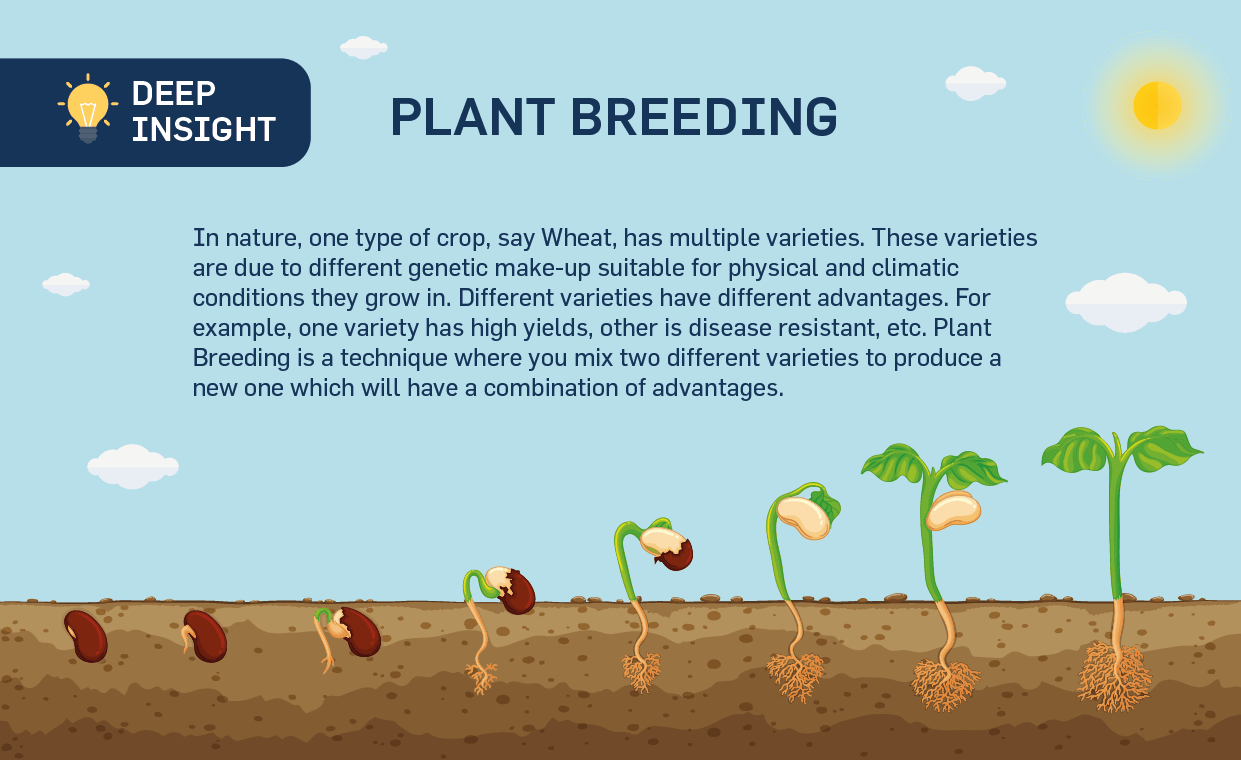
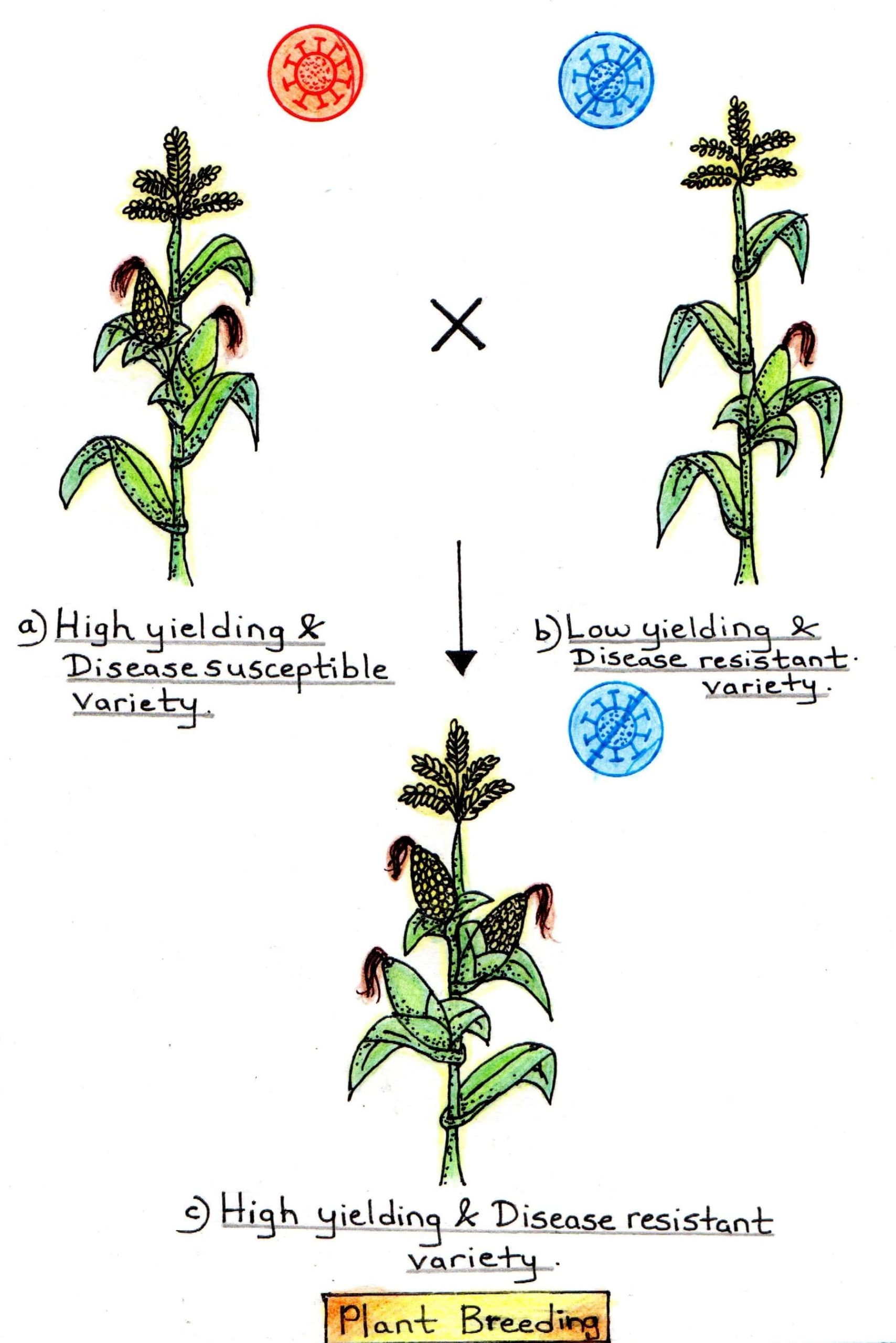
In the 1950s, using plant breeding, Dr Norman Borlaug, an American agronomist, developed a semidwarf wheat variety that had very high productivity than any other wheat variety present in the world at that time. That wheat variety worked a marvel! Due to its high productivity, every harvest we got multiple amounts of wheat than we used to get in the 1940s. By the 1970s, many nations previously in crisis became self-sufficient in wheat. Soon a similar high yielding variety of rice was developed. This explains why wheat and rice are part of staple food in South Asia.
Along with the success of these varieties, our agriculture changed forever. We started using irrigation for water supply, fertilizers for providing nutrients to the soil, pesticides to kill pests and advanced machinery. This was the Green Revolution. The world population has grown by about 5 Billion since the Green Revolution. It has saved millions of people all over the world from dying due to hunger. Dr Borlaug received a Nobel Peace Prize for this effort and is called as “Father of Green Revolution.”
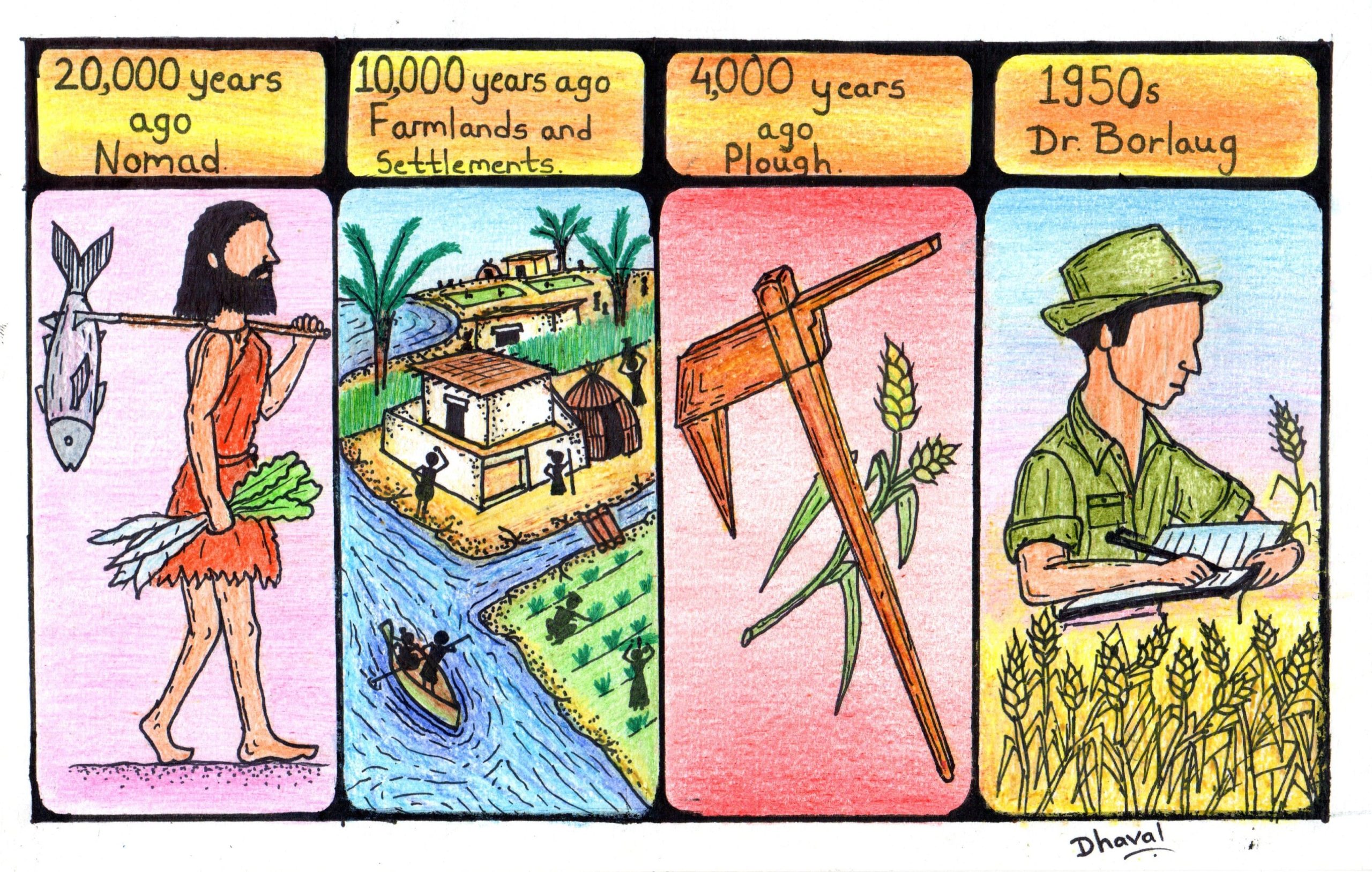
After 60 years since the green revolution, we still rely on those varieties and agricultural practices to produce our food. Today, 99% of Wheat grown in the World is derived from those semi-dwarf wheat variety developed by Dr Norman Borlaug! For how long can we rely on this? Are those agricultural practices resilient to the Climate Crisis we are facing today? Was Green Revolution perfect? Stay tuned to read about this in the next episode.
Further reading:
Crop yields and food security by Tony Fischer, Derek Byerlee and Greg Edmeades
How to avoid Climate Disaster by Bill Gates
Sapiens by Yuval Noah Harari
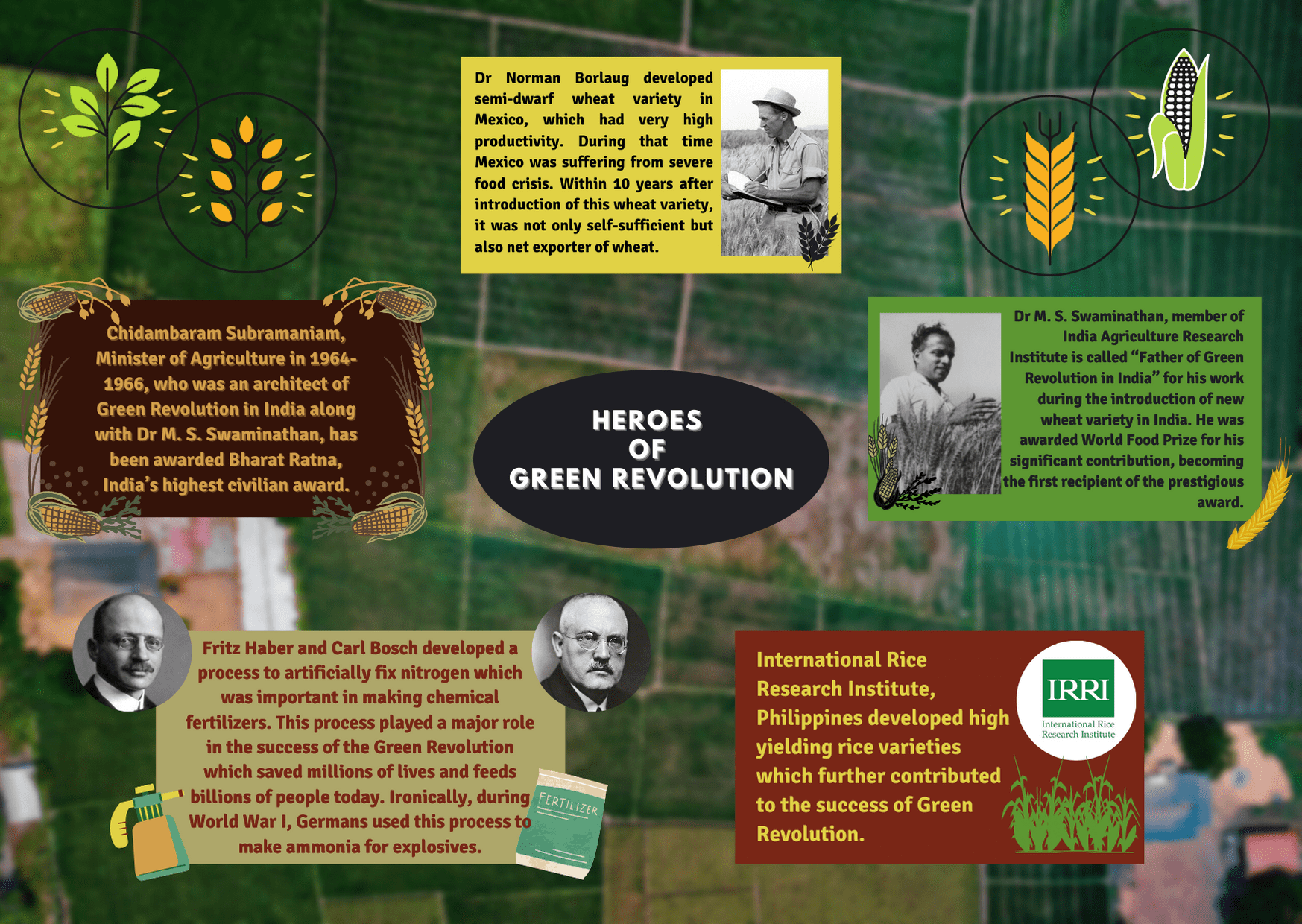
Writer

Rohit Pawar
Rohit is an ecologist who recently graduated with a bachelor’s degree in Biosciences from Savitribai Phule Pune University. He wishes to devote his life to ecosystem conservation. In his free time, he worries and overthinks about the biggest problems in the world, especially climate change. He thinks that we are 4 Elon Musks away from saving this planet.
Illustrator

Dhaval Shejwal
Dhaval is currently pursuing his bachelors in Microbiology. Both science and art are his passions. Creativity keeps him going. Scientific data visualization and communication have become the need of time and necessity, as well to break the wall between a lab and home. According to him, “Art is a beautiful reflection of Science, there is art in science and science in art”.

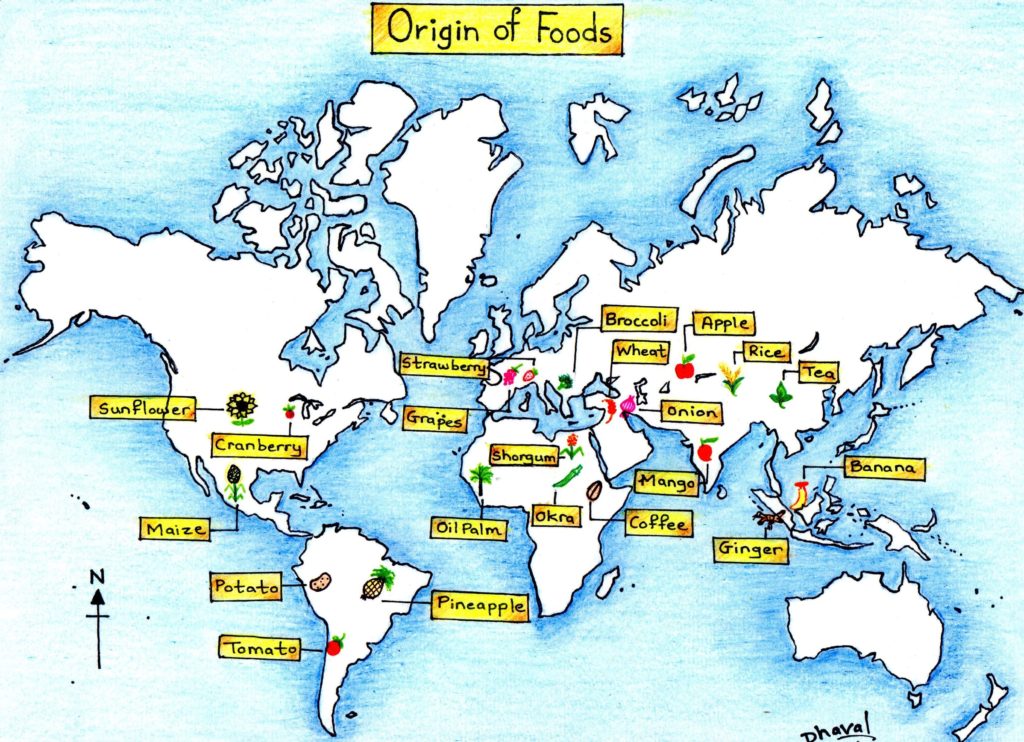
Nice one man !
Genius👍🏻